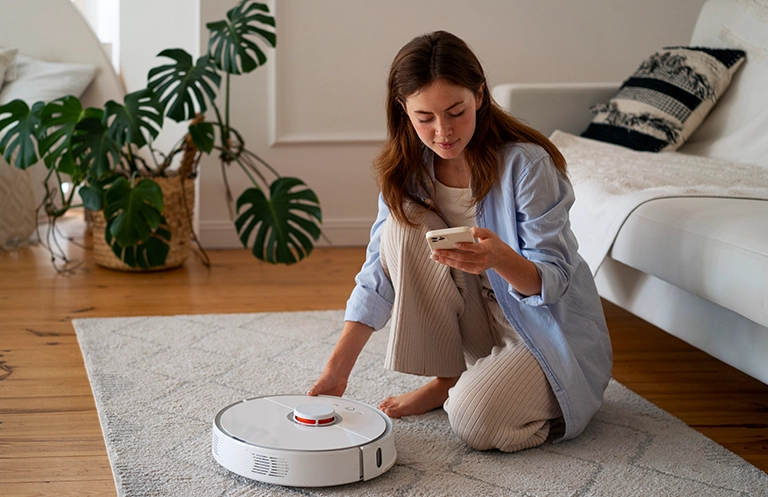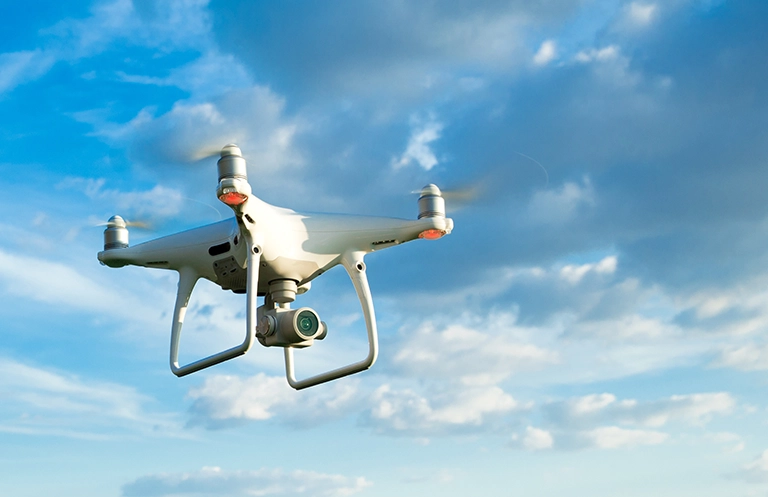The automotive industry has drastically evolved over the last decade. The main factors behind this evolution are the increased need for safety and improved driving experience. The vehicles we had before were purely mechanical, and now they are being transformed in such a way that the car itself can assist the driver in making quick decisions.
All these changes have been made possible due to the presence of ECUs. Various ECUs inside a car control various functions ensuring a smooth and safe driving experience. An ECU is nothing but a microcomputer that receives inputs and responds with an appropriate output.
Nowadays, we can see over 40 ECUs in a normal car and even more than 150 in a luxury car. The application of ECU is done in a variety of systems in a vehicle like ADAS, infotainment, body control, and comfort system among others. This means that there is a massive amount of information or data that is being processed by an ECU during each drive. ECUs are part of different car categories ranging from light vehicles to heavy vehicles including tractors.
These ECUs come in 16-bit, 32-bit, and 64-bit, however, 64-bit is probably the fastest-growing segment in the market right now. According to Markets & Markets, the Automotive ECU Market (Electronic Control Unit) is projected to grow at a CAGR of 5.77% from 2018 to 2025. The market for automotive ECUs is estimated to be USD 25.08 billion in 2018 and is projected to reach USD 39.28 billion by 2025.
Lets take a small example, a car backing up in a parking lot and when brakes are applied, this triggers the tail light to turn on, this very activity is not possible without the presence of ECUs.
Main Features of ECUs in a Vehicle
- Systematic transfer of data
- Dependability and Security
- Efficient data network
- Diagnostics
- Assistance in real-time decision making
- Improved quality of service
There are different kinds of ECUs in a car. Let’s take a look at some of them:
Door Control Unit (DCU)
A DCU unit is generally a 32-bit microcontroller. This is probably one of the minor functions of an ECU, however, it is solely responsible for any functions related to the doors in a car. There can be one ECU for each door, or depending on the car there could also be one centralized unit that communicates to different functions of each door. The driver side unit may have more functions that give centralized control of all doors.
Electronic Brake Control Module (EBCM)
One of the most important ECUs would be the EBCM. This smart braking module provides the driver with complete automated control of different actuators. The ECU controls the actuators recognize when to apply and release the brakes. This ECU needs to be integrated into the network of the vehicle’s architecture.
When any possible risk of collision is detected through the radar data or any other data. When a collision seems inevitable, the EBCM will send a signal to the brake function to automatically apply the brakes prior to the impact to help reduce the force of the collision. This reduces the number of mishaps that can happen and assists the driver to make quicker decisions, thus helping in avoiding collisions or reducing the impact.
Battery Management System (BMS)
BMS units are predominantly seen in electric vehicles. Vehicles use lithium-ion batteries, which is a pack of multiple cells that need to be monitored closely because failure even in a single cell affects the performance of the battery. This is where a BMS unit becomes important.
It monitors various parameters of the battery such as the health of the battery, how far it is discharged, the current flow of power, voltage among others to optimize the performance. It communicates the metrics via CAN bus or other wireless protocols. In some vehicles, BMS also supports the recharging of the batteries from the energy obtained from regenerative braking.
Powertrain Control Module (PCM)
A PCM plays an important role in controlling various subsystems inside a vehicle. When we talk about PCM, we need to understand that it has two main subsystems. These subsystems are the Transmission Control Unit (TCU) and Engine Control Module (ECM).
The ECM manages the performance of the vehicle by managing the actuators on the internal combustion engine of the vehicle. On the other hand, a TCU unit receives data from the sensors on the engine to optimize the transmission by adjusting the switching behavior of the transmission according to the real-time driving scenario.
RELATED BLOG
Body Control Module (BCM)
Though all ECUs work independently, they need to communicate with each other as well. This communication happens via CAN bus, and managed by BCM. BCM also falls under the category of an ECU, but it acts as a gateway to connect with other ECUs. It consists of a processor that manages various body functions in a vehicle. The BCM unit receives data from different input devices and controls the functions of the output devices based on the data received.
Lets take an example of a user pressing the switch of the power window. The battery will send power to the BCM to communicate with the ignition module. This will trigger the signal to the load that will operate the motor and control the operation of the window. We can manage these functions without the BCM unit; however, it will not be efficient.
Automobile makers are working on enhancing consumer experience through innovations in various aspects of a vehicle. To help increase user experience and safety, eInfochips brings advanced automotive solutions right from dashboard hardware, edge, and cloud-based analytics, to cloud and mobility enablement. eInfochips is poised in delivering intelligent solutions for the automotive industry. To know more, get in touch with our experts.













